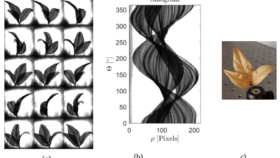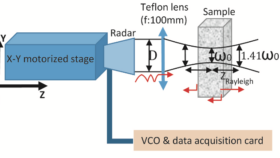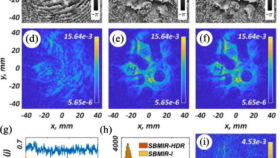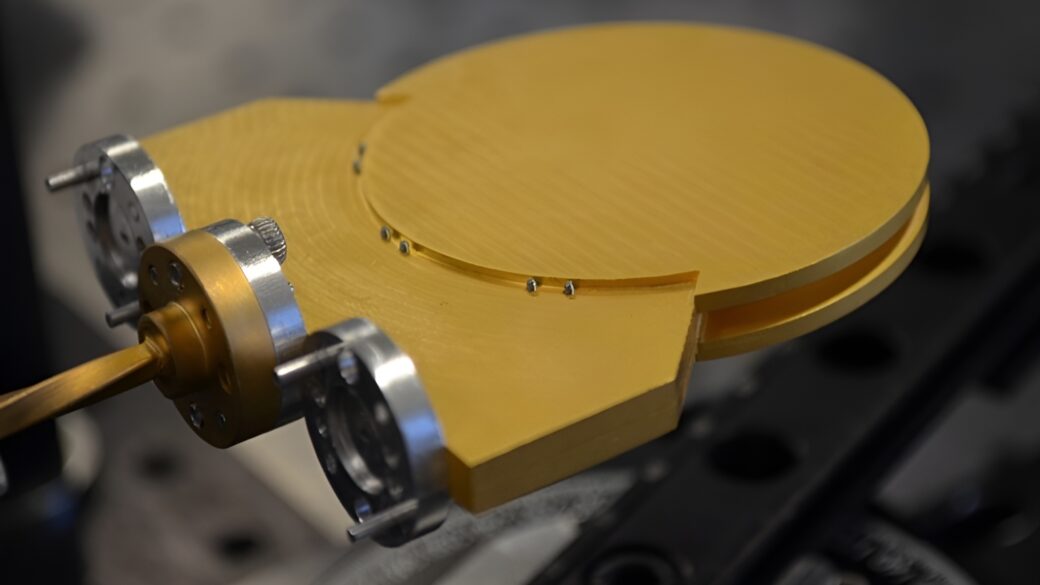
Terahertz Geodesic Luneburg Lens Antenna
Pushing Sub-THz Frontiers: Our Fully-Metallic Geodesic Luneburg Lens Antenna
Why Sub-THz Luneberg lens Matters
Classical Luneburg lenses have too much losses above 80 GHz. Together and colleagues at KTH Stockholm, ESA Noordwijk and IETR Rennes, we decided to tackle those issues head-on with a radically different solution—one that would rely on purely metallic wave-guiding optics instead of porosity gradient index control technologies. Our freshly published paper in IEEE Transactions on Terahertz Science and Technology details the result: a compact folded geodesic Luneburg lens that beams effortlessly at ±40° with more than 22 dB gain. https://ieeexplore.ieee.org/abstract/document/10914556
The classical Luneburg lens grades its refractive index continuously, turning surface sources into pencil beams. We mapped that gradient into sheet-metal geometry: the lens profile is carved as a smooth height variation inside a 0.5 mm parallel-plate waveguide. By folding the conventional profile, we chopped the overall height by almost 39 %, producing a 25 mm-radius lens that fits comfortably in a single CNC-milled block. The beauty of the geodesic approach is that the lens remains entirely metallic—no fragile dielectrics, no substrate losses, just gold-plated aluminium, making it space ready.
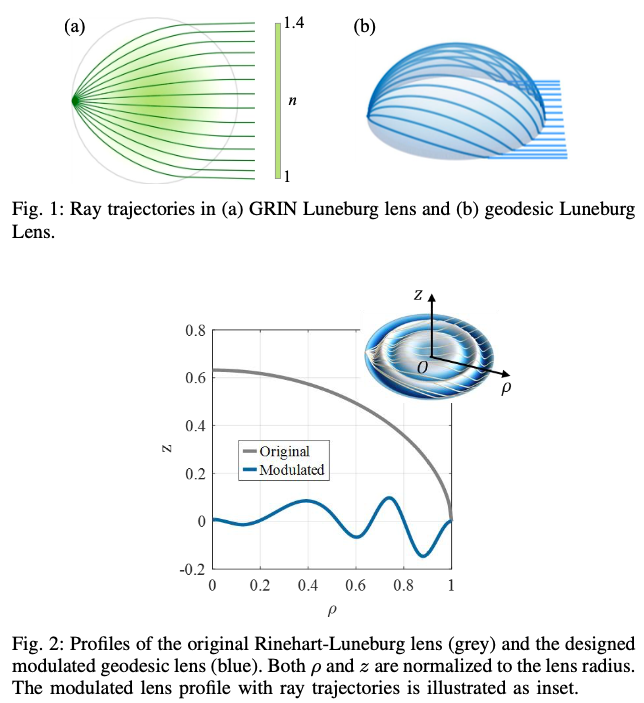
Inside Our Prototype
- Feeds: Three WR-6.5 waveguides aimed at –40°, 0°, +40°, giving instant tri-beam coverage.
- Intentional air gap: 30 μm between plates to absorb inevitable machining tolerances.
- Leakage defence: Glide-symmetric holey EBG rings the feeds and delivers ≥ 20 dB stop-band attenuation.
Those pragmatic touches make the design forgiving enough to build in an ordinary workshop while still performing like precision lab kit.
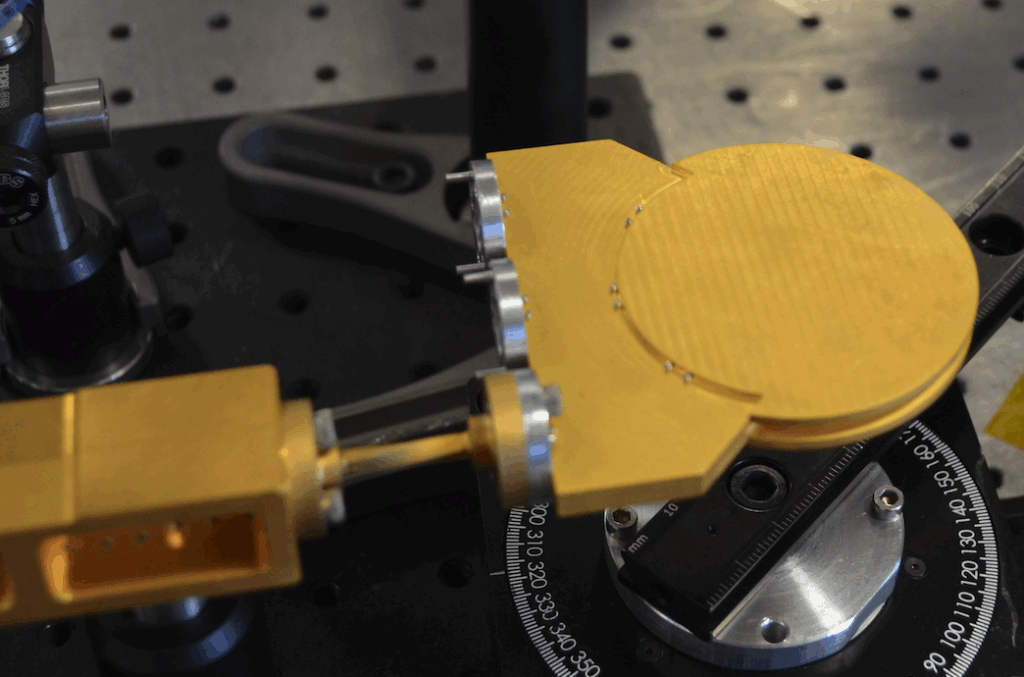
What the Numbers Say
Across 128 – 132 GHz our measurements show:
- Realised gain: ≈ 21 dB (centre and side beams).
- Side-lobe level: < –14 dB.
- Scan loss at 40°: < 0.3 dB.
- Aperture efficiency: > 57 %; total efficiency: ~60 % after plating and assembly.
- Return loss: better than 15 dB on all ports, with mutual coupling < –30 dB.

For a first-pass sub-THz lens that still carries visible machining marks, I am frankly thrilled by those figures.
The Team Behind the Lens
This project was done with Pilar Castillo-Tapia, Shiyi Yang and Oscar Quevedo-Teruel at KTH, Nelson Fonseca from ESA (now at Anywaves) and Ángel Palomares-Caballero. ESA funded the effort through its OSIP open-idea channel (Contract 4000134617).
Why It Matters Going Forward
- A springboard to > 300 GHz. Because losses scale mainly with surface roughness, not dielectric Q, a slightly finer polish could shift the very same design into the lower THz window.
- Simpler multi-beam imaging. Industrial radars or security scanners can drop hundreds of RF front-ends and still scan scenes rapidly.
- Cube-sat compatibility. A 9.7 mm-thick, 22 dB lens that needs no gimbal is a game-changer for high-rate downlinks on 1-U platforms.
Reference
Castillo-Tapia, P., Yang, S., Palomares-Caballero, Á., Guillet, J. P., Fonseca, N. J. G., & Quevedo-Teruel, O. (2025). Sub-THz Fully-Metallic Geodesic Luneburg Lens Antenna. IEEE Transactions on Terahertz Science and Technology. https://doi.org/10.1109/TTHZ.2025.3548452
